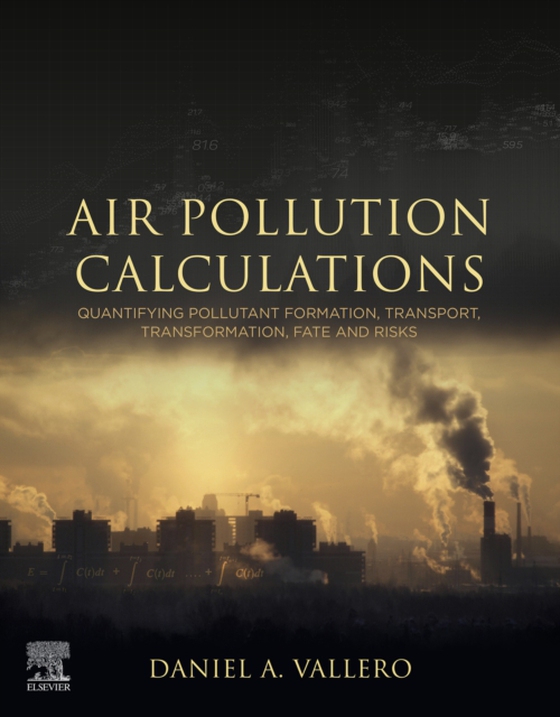
Air Pollution Calculations e-bog
1276,86 DKK
(ekskl. moms 1021,49 DKK)
Air Pollution Calculations introduces the equations and formulae that are most important to air pollution, but goes a step further. Most texts lack examples of how these equations and formulae apply to the quantification of real-world scenarios and conditions. The ample example calculations apply to current air quality problems, including emission inventories, risk estimations, biogeochemical c...
E-bog
1276,86 DKK
Forlag
Elsevier
Udgivet
3 maj 2019
Længde
568 sider
Genrer
Industrial relations, occupational health and safety
Sprog
English
Format
epub
Beskyttelse
LCP
ISBN
9780128149355
Air Pollution Calculations introduces the equations and formulae that are most important to air pollution, but goes a step further. Most texts lack examples of how these equations and formulae apply to the quantification of real-world scenarios and conditions. The ample example calculations apply to current air quality problems, including emission inventories, risk estimations, biogeochemical cycling assessments, and efficiencies in air pollution control technologies. In addition, the book explains thermodynamics and fluid dynamics in step-by-step and understandable calculations using air quality and multimedia modeling, reliability engineering and engineering economics using practical examples likely to be encountered by scientists, engineers, managers and decision makers. The book touches on the environmental variables, constraints and drivers that can influence pollutant mass, volume and concentrations, which in turn determine toxicity and adverse outcomes caused by air pollution. How the pollutants form, move, partition, transform and find their fate are explained using the entire range of atmospheric phenomena. The control, prevention and mitigation of air pollution are explained based on physical, chemical and biological principles which is crucial to science-based policy and decision-making. Users will find this to be a comprehensive, single resource that will help them understand air pollution, quantify existing data, and help those whose work is impacted by air pollution. Explains air pollution in a comprehensive manner, enabling readers to understand how to measure and assess risks to human populations and ecosystems actually or potentially exposed to air pollutants Covers air pollution from a multivariate, systems approach, bringing in atmospheric processes, health impacts, environmental impacts, controls and prevention Facilitates an understanding of broad factors, like climate and transport, that influence patterns and change in pollutant concentrations, both spatially and over time
 Dansk
Dansk

